Tea is more than just a drink. It’s a key part of many cultures around the world. People everywhere enjoy tea in different ways, finding peace, connection, and joy in it.
In China, tea helps people find balance and harmony. In India, a spicy Chai brings warmth and comfort. Tea is a big part of life, from the fancy teashops in Britain to the fresh mint tea in Morocco.
This shows how tea brings people together from all over. It’s a global tradition that touches our hearts and souls.
Key Takeaways
- Tea serves as a daily ritual for millions around the globe.
- The cultural significance of tea varies across different societies.
- Tea traditions embody relaxation, spirituality, and pleasure.
- Diverse rituals include Chinese Cha Dao, Japanese Chado, and Indian Chai.
- From British teashops to Moroccan mint tea, tea appreciation is universal.
Introduction to Tea Culture
Tea is a big part of many cultures around the world. In each place, tea has a special role that shows the values and traditions of the people. Learning about these differences helps us love tea even more.
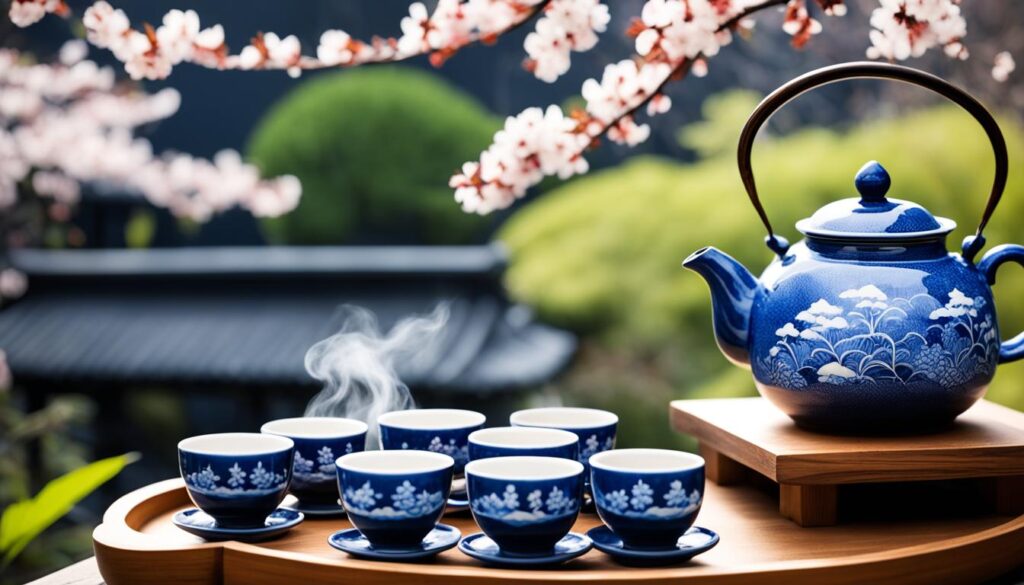
The Role of Tea in Different Societies
In China, Cha Dao or the art of tea making, is a big part of life. It matches with Chinese ideas of balance and enjoying life. This careful way of making tea shows a big respect for tea as a key part of culture.
In Britain, tea is a big deal with 160 million cups drunk every day. It’s seen as important as royalty and cricket. In Japan, the Chado, or “Way of Tea,” is all about the spiritual experience and being mindful. Tea is more than just a drink; it’s a way to meditate.
Common Themes in Global Tea Traditions
Even though tea is different everywhere, there are common things that connect it. Tea often means being welcoming, building community, and having ceremonies. From the fancy British afternoon tea to the calm Japanese tea ceremonies, tea helps people connect and think deeply.
These traditions show how tea can bring people together. It creates shared moments and helps people understand each other’s cultures.
Traditional Tea Ceremonies and Rituals
Tea ceremonies around the world are full of cultural meaning. They show how tea is made and enjoyed in different ways. This brings people together and shows the wide range of tea traditions.
Chinese Tea Culture: The Art of Cha Dao
Cha Dao means “Way of Tea” in Chinese. It’s all about finding balance and enjoying the moment. Tea making in China is a detailed process.
They pick the best leaves and heat the water just right. They use special teaware to make the tea taste and smell better. This makes tea lovers slow down and enjoy the ancient art.
Japanese Tea Ceremony: Chado
The Japanese tea ceremony is called Chado. It’s about grace and spirituality in tea. It’s all about making and serving Matcha, a special green tea.
Every move in the ceremony has a special meaning. It connects the host and guests deeply. The calm setting and careful actions make it a meditative experience.
Indian Tea Ritual: The Charm of Chai
In India, Chai means warmth and welcome. It’s made with black tea, milk, sugar, and spices like cardamom and ginger. Chaiwallahs sell it at street stalls, where people meet and share news.
Chai is very popular in India. It shows how tea can bring people together, creating a sense of community.
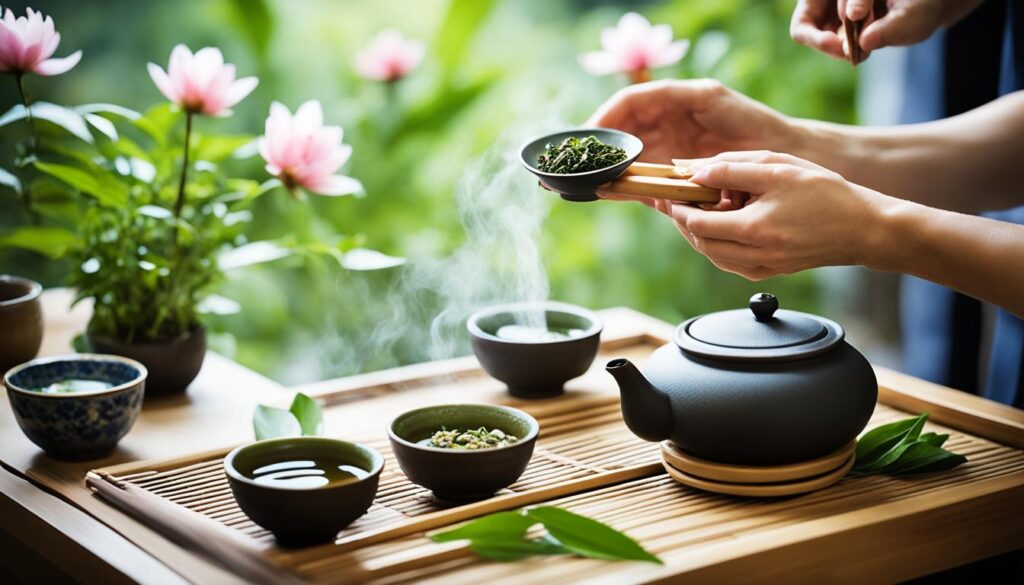
Tea Varieties Across the Globe
Exploring tea varieties shows us the world’s tea culture. It’s full of diversity. Each type has its own taste and history.
Green Tea: History and Varieties
Green tea is known for being refreshing and lightly processed. In Japan, Sencha green tea tastes fresh and grassy. Matcha, also from Japan, gives a rich, umami flavor.
India’s Jasmine Leaf green tea adds a floral touch. These teas take tea lovers on a unique taste journey.
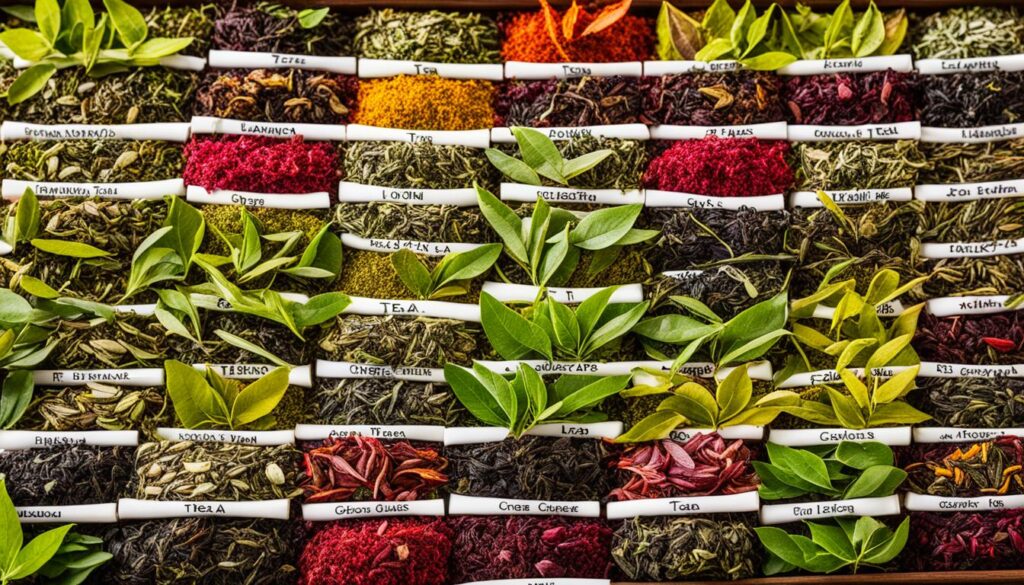
Black Tea: Popular Blends and Origins
Black tea blends are loved worldwide. Thailand’s ‘cha-yen’ is a spicy, aromatic tea. It’s sweet and iced.
In the UK, English Breakfast and Earl Grey are favorites. They are known for their strong flavors. China’s Gunpowder black tea is smoky and adds to the variety.
Unique Teas: From Moroccan Mint to Thai Iced Tea
Unique teas are special for tea lovers. Moroccan Mint Tea is refreshing, mixing mint with green tea. It’s perfect.
Thai Iced Tea blends black tea with spices for a sweet drink. These teas show how cultures add their twist to tea.
Tea Etiquette and Appreciation: Practices Around the World
In every culture, tea etiquette is special. It shows their history and values. In Japan, the Chado ceremony is all about careful steps and deep respect. It’s a way to enjoy tea with mindfulness and a love for simplicity.
In Morocco, tea is a sign of hospitality. Hosts make sweet mint tea in three rounds. Each round has a special meaning, showing life, love, and death. It’s not just tea; it’s about sharing and making connections.
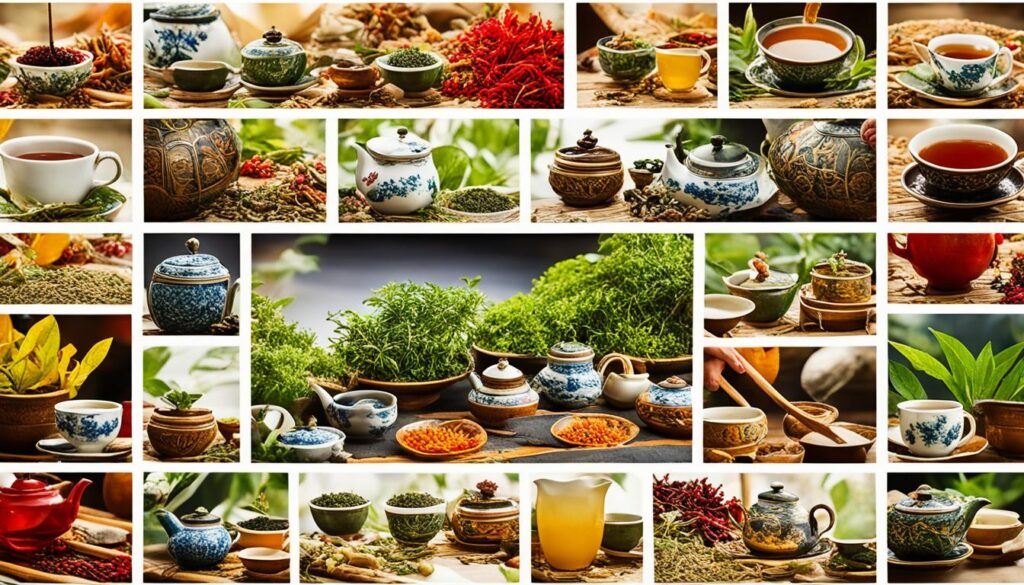
In England, tea etiquette is elegant during Afternoon Tea. It’s about using delicate china and serving tea in a certain order. This shows respect for tradition and adds grace to the day.
Everywhere, people cherish their tea traditions. They show the values and social ways of different places. Tea is more than a drink; it’s a symbol of welcome and connection.
Conclusion
As we end our look at tea culture, we see it connects people worldwide. It’s more than just a drink. It’s a way to share traditions and feel close to others.
Tea ceremonies in China, Japan, and India show how tea is loved in many ways. Each tradition has its own history and culture. Yet, they all aim to bring people together and make them appreciate each other.
Tea has become a global symbol, full of history and flavor. Its many types and traditions make it special. Every cup tells a story, linking cultures and ages together. Tea stands for friendship, respect, and being together.
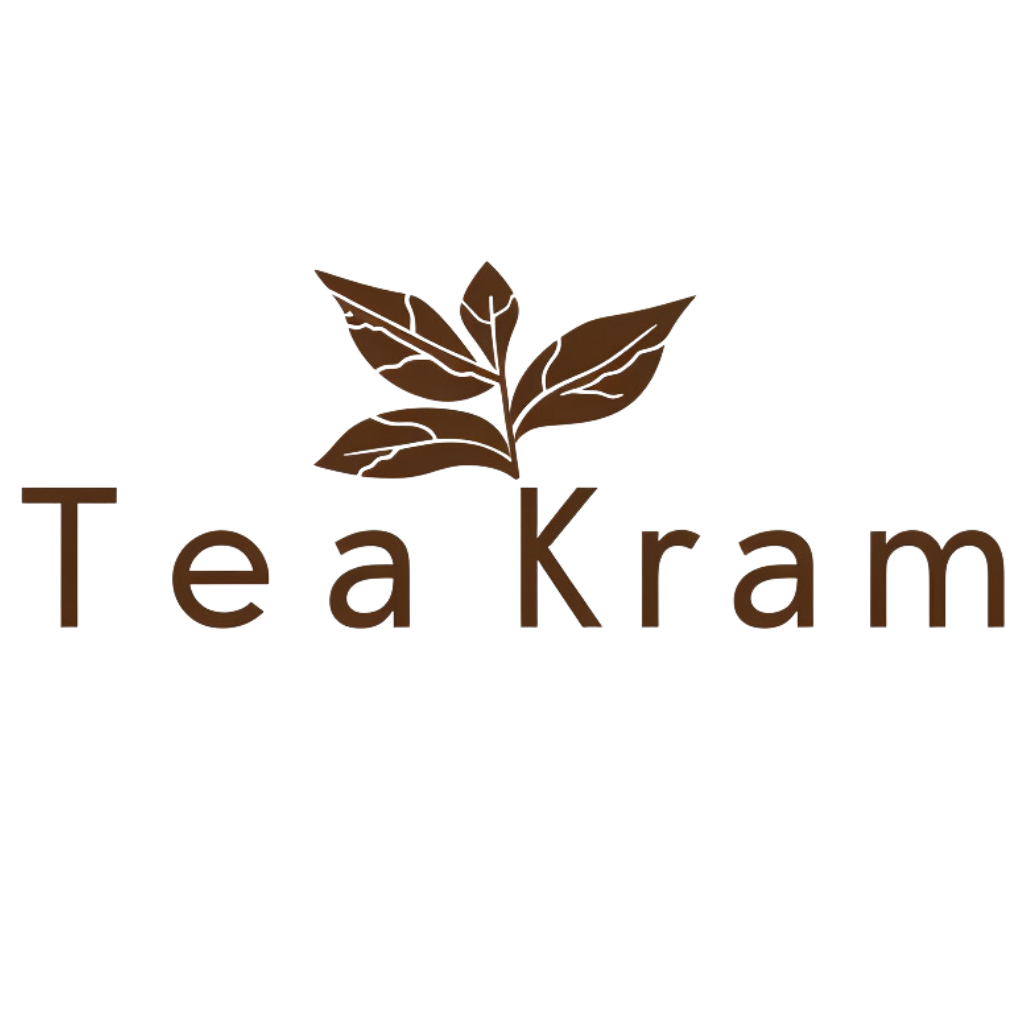
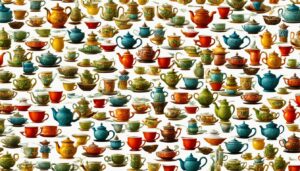
Pingback: Iranian Social Life's Essence: The Role of Tea
Pingback: Indian Chai: Spices, Tea, & Cultural Symphony - TeaKram
Pingback: Discover The British Afternoon Tea Tradition - TeaKram
Pingback: Japanese Tea Ceremony: Ritual of Harmony & Respect - TeaKram
Pingback: Korean Tea Ceremony: Simplicity and Serenity Guide - TeaKram
Pingback: American Tea Trends: Iced to Artisan Blends
Pingback: English Teas Author Jane Austen Enjoyed |Good Life Tea - TeaKram
Pingback: Another War Fought Over Tea - The Opium Wars - TeaKram
Pingback: Tea and Wine - It's All About the Terroir - TeaKram
Pingback: Why Do We Give Away Free Samples of Our Teas? - TeaKram
Pingback: Lapsang Souchong Tea | a Unique Smoky Tea With a Loyal Following - TeaKram
Pingback: Teavana Closing All Stores - East View Mall, Victor NY Teavana Closing - TeaKram
Pingback: Make Maple Tea Your New Favorite - TeaKram